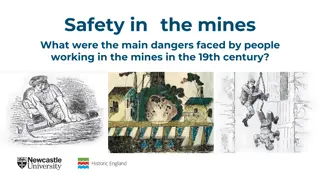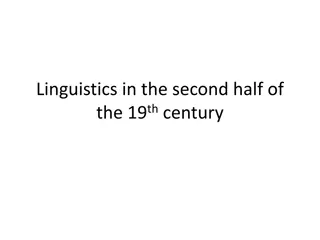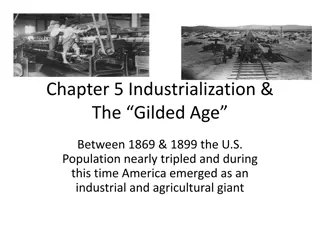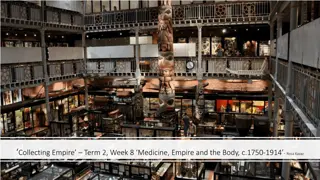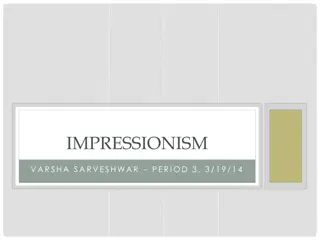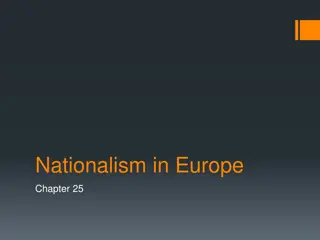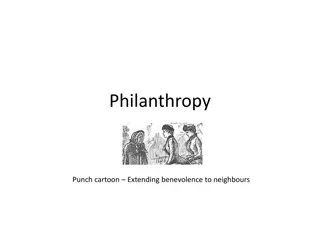Understanding Impressionism: Art Movement in the 19th Century
Impressionism emerged in the mid-19th century as a reaction against traditional French art standards. This art movement focused on capturing the essence of a subject through short, thick strokes of paint and vibrant colors applied side-by-side. Artists like Claude Monet, Pierre-Auguste Renoir, and others experimented with techniques that emphasized light, movement, and everyday scenes over historical or mythological themes. The Impressionists sought to depict fleeting moments and impressions rather than detailed realism, paving the way for a new era in art.
Download Presentation

Please find below an Image/Link to download the presentation.
The content on the website is provided AS IS for your information and personal use only. It may not be sold, licensed, or shared on other websites without obtaining consent from the author. Download presentation by click this link. If you encounter any issues during the download, it is possible that the publisher has removed the file from their server.
E N D
Presentation Transcript
IMPRESSIONISM Art movement
Beginnings In the middle of the 19th century a time of change, as Emperor Napoleon III rebuilt Paris and waged war the Acad mie des Beaux-Arts dominated French art. The Acad mie was the preserver of traditional French painting standards of content and style. Historical subjects, religious themes, and portraits were valued; landscape and still life were not. The Acad mie preferred carefully finished images that looked realistic when examined closely. In the early 1860s, four young artists discovered that they shared an interest in painting landscape and contemporary life rather than historical or mythological scenes.
Impressionist techniques Short, thick strokes of paint quickly capture the essence of the subject, rather than its details. The paint is often applied impasto. Colours are applied side-by-side with as little mixing as possible, a technique that exploits the principle of simultaneous contrast to make the colour appear more vivid to the viewer. Grays and dark tones are produced by mixing complementary colours. Pure impressionism avoids the use of black paint.
Main Impressionists Claude Monet, Pierre-Auguste Renoir, Alfred Sisley, douard Manet Camille Pissarro, Paul C zanne
Claude Monet Sunrise
Pierre-Auguste Renoir Dance at Le Moulin de la Galette
Alfred Sisley View of the Saint-Martin Canal
douard Manet The Luncheon on the Grass
Camille Pissarro Boulevard Montmartre
Paul Czanne Mont Sainte-Victoire
Vincent van Gogh Post-Impressionist - Wheatfield with Crows



